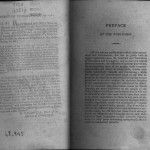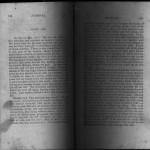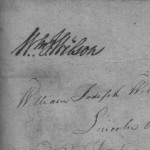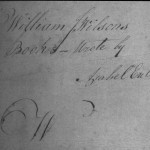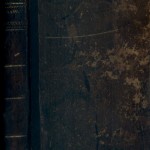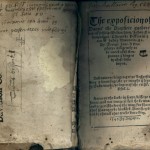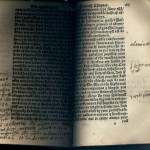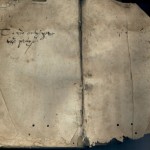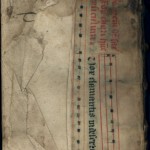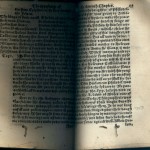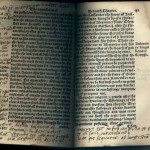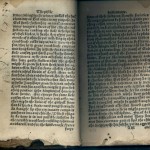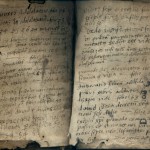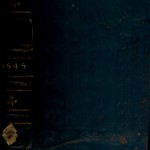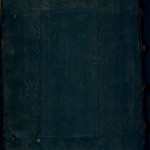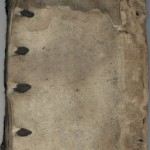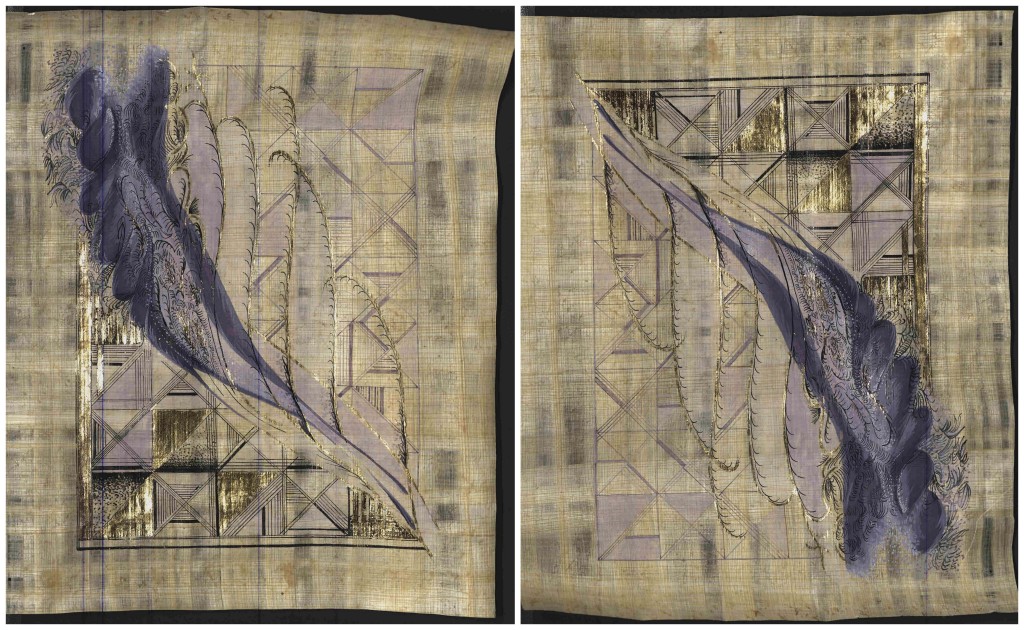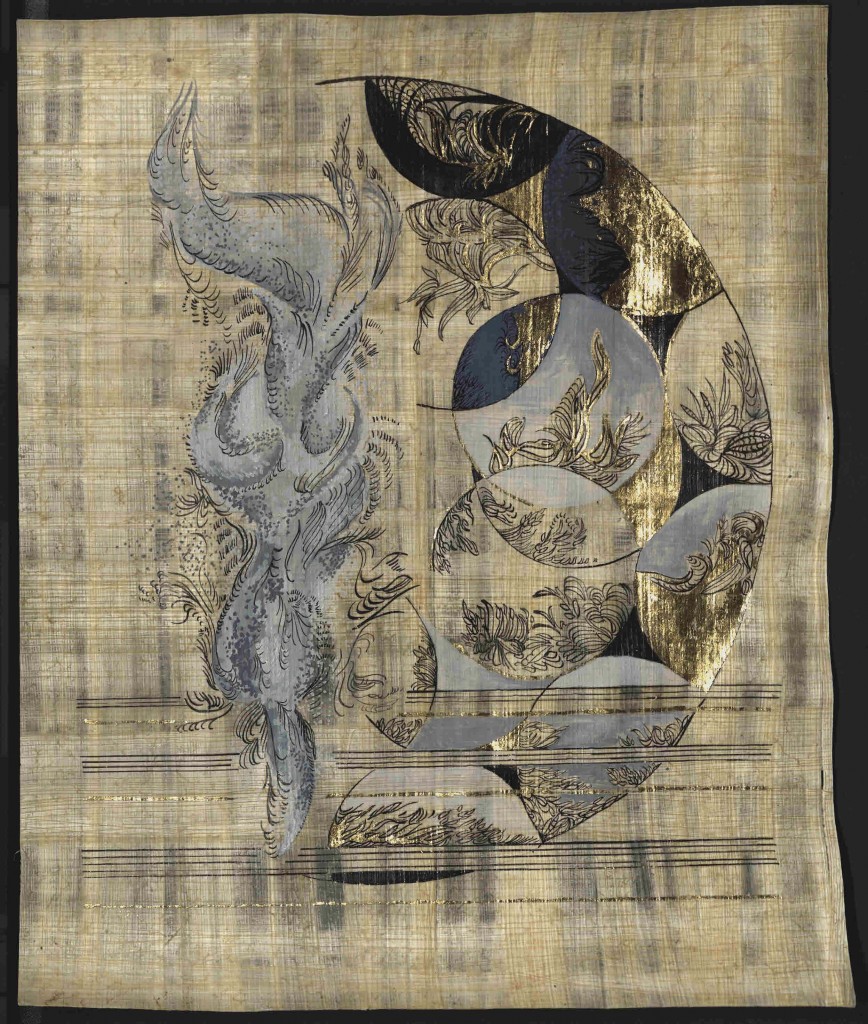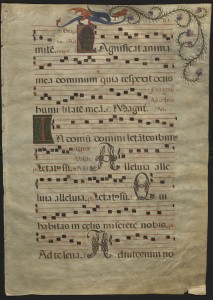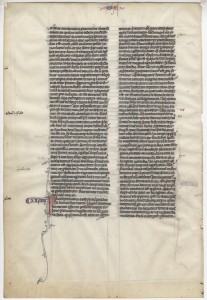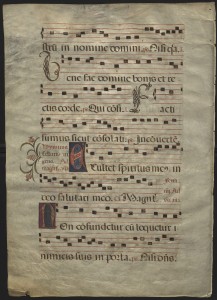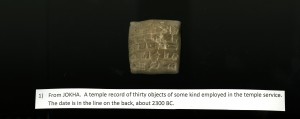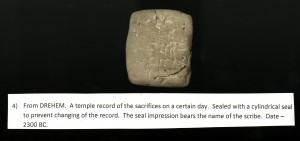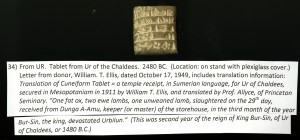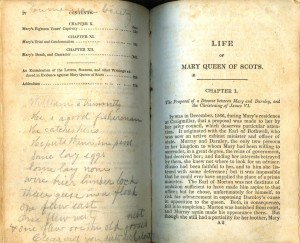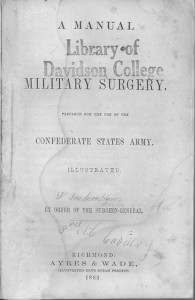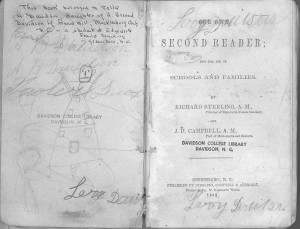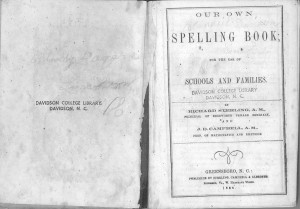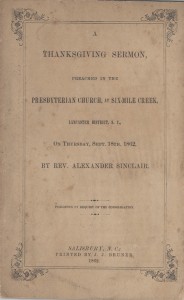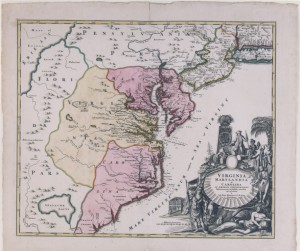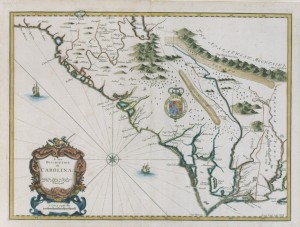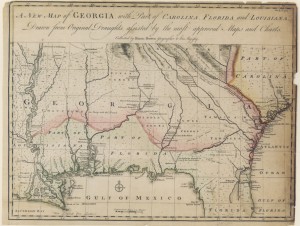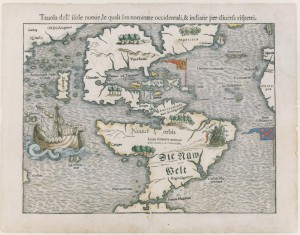A journal of the voyages and travels of a corps of discovery: under the command of Capt. Lewis and Capt. Clarke of the Army of the United States, from the mouth of the river Missouri through the interior parts of North America to the Pacific Ocean, during the years 1804, 1805 & 1806: containing an authentic relation of the most interesting transactions during the expedition, a description of the country, and an account of its inhabitants, soil, climate, curiosities, and vegetable and animal productions / by Patrick Gass, one of the persons employed in the expedition; with geographical and explanatory notes by the publisher. Pittsburgh: Printed by Zadok Cramer for David M’Keehan, publisher and proprietor, 1807.
The title pretty much tells the story.
Sergeant Patrick Gass traveled with Lewis and Clark on their famous journey west from 1804-1806. His field notes from that journey were published in 1807 by David McKeehan and printed by Zadok Cramer in Pittsburgh, the earliest first-hand account of the journey to be published.
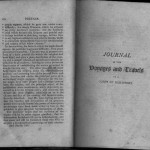
“The publisher hopes that the curiosity of the reader will be in some degree gratified; that the information furnished will not be uninteresting”
The journal documents the westward trip, led by Captains Meriwether Lewis and William Clark to find, at President Thomas Jefferson’s instructions, a water passage to the Pacific Ocean. Patrick Gass, at 33, was one of the older members of the corps, and was specially chosen for his woodworking skills. His daily account of the expedition was rough, since Gass had not had much formal education, and after the return of the corps in 1806, with the encouragement of friends, Gass approached a schoolteacher, David McKeehan, to get the journal in a printable form. It was first printed in 1807, and was so well received that it went through several printings in the U.S. as well as in England, and was also translated into German and French.
Considered to be “one of the essential books for an Americana collection” we’re pleased to have one of these rare copies in our Rare Book Room Collection, donated by the Rev. Jerry G. Robinson, class of 1957. Our copy has early 19th inscriptions still visible, including several names of previous owners. It is bound in quarter calf with mottled calf boards and gilt spine lettering.

